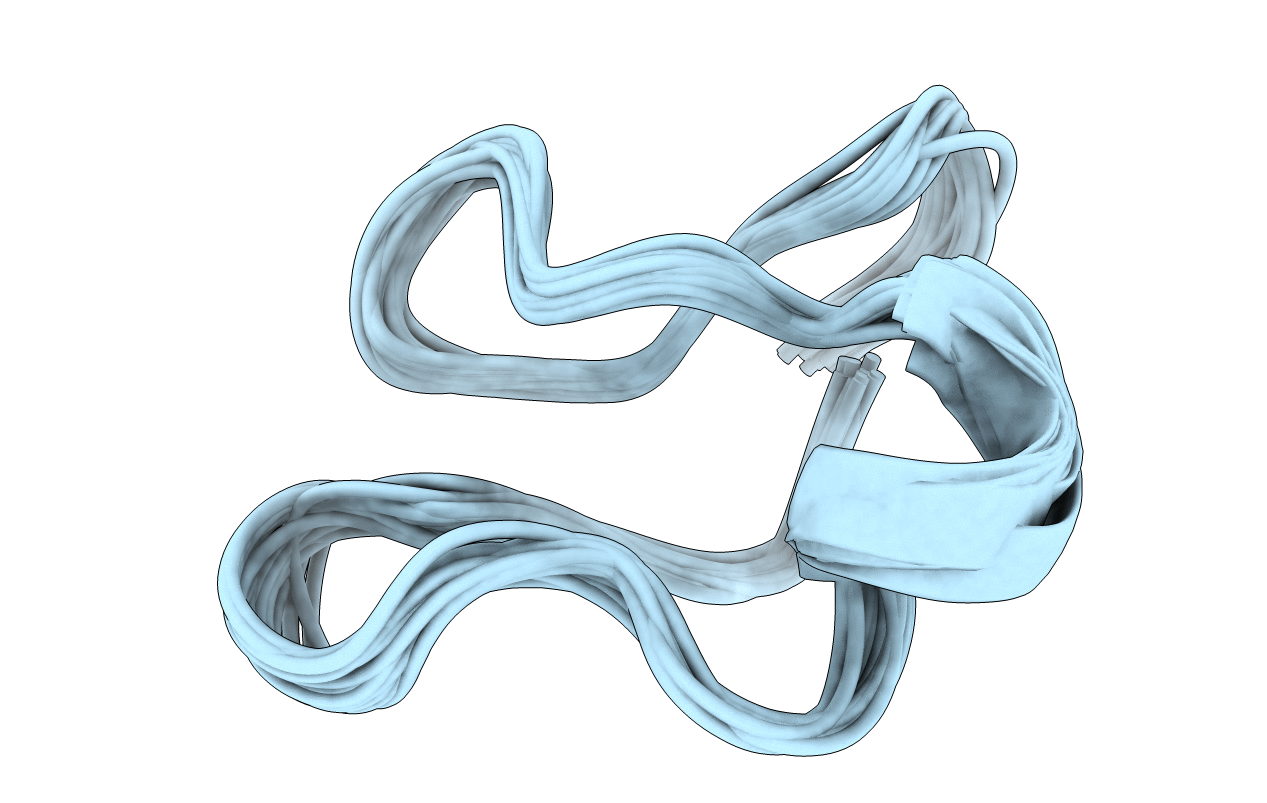
Deposition Date
2004-02-25
Release Date
2004-12-21
Last Version Date
2024-10-23
Entry Detail
PDB ID:
1VB8
Keywords:
Title:
solution structure of vhr1, the first cyclotide from root tissue
Biological Source:
Source Organism:
Viola hederacea (Taxon ID: 180952)
Method Details:
Experimental Method:
Conformers Calculated:
50
Conformers Submitted:
20
Selection Criteria:
structures with the least restraint violations, structures with the lowest energy


